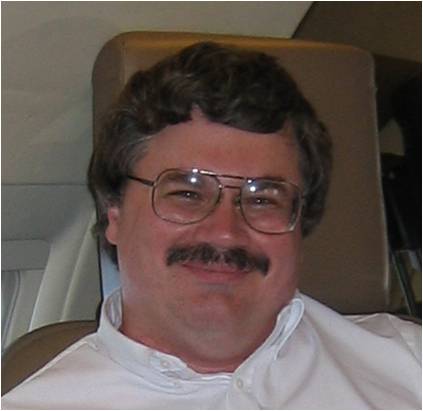
James Fincannon

| Journal Contributor James
Fincannon is a NASA engineer from Glenn Research Center in
Cleveland, Ohio. He received his Bachelors in Aerospace
Engineering from the Georgia Institute of Technology and
his Masters in Mechanical Engineering from the University
of Toledo. For most of his career, he has focused spacecraft power system design, analytical tool development and analysis. He started this work with the International Space Station in 1985. There, his main contribution was a solar array shadowing analysis tool which has been useful up to this day for projects including Orion/MPCV (Multipurpose Crew Vehicle) and the SEP (Solar Electric Propulsion) vehicle. Later, he worked on power systems for the NASA Goddard Integrated Mission Design Center (IMDC) and NASA Glenn Collaborative Modeling and Parametric Assessment of Space Systems (COMPASS) design center. Also, he worked on Constellation Program power systems for lunar assets including bases, rovers, astronaut suits and landers. In order to better assess solar illumination for polar bases, he developed lunar topography expertise and illumination analysis tools to support the design of solar arrays, batteries and fuel cell systems. This expertise continued to the data collected by the Lunar Reconnaissance Orbiter (LRO) of both high resolution imagery and laser altimetry. As a side benefit to the Constellation work, he wrote a program to look for lunar caves (http://blogs.zooniverse.org/moonzoo/2011/04/11/potential-caves-and-sink-holes-in-copernicus-crater/) and surprisingly found some in the Copernicus Crater. Recently, his shadowing and illumination expertise came in handy for what he thought would be a simple LRO image animation of the shadows at Apollo sites, which he quickly discovered to show, amazingly enough, that at least a few Apollo flags are still "flying"( i.e. held aloft and supported by their poles) after all of these years. |